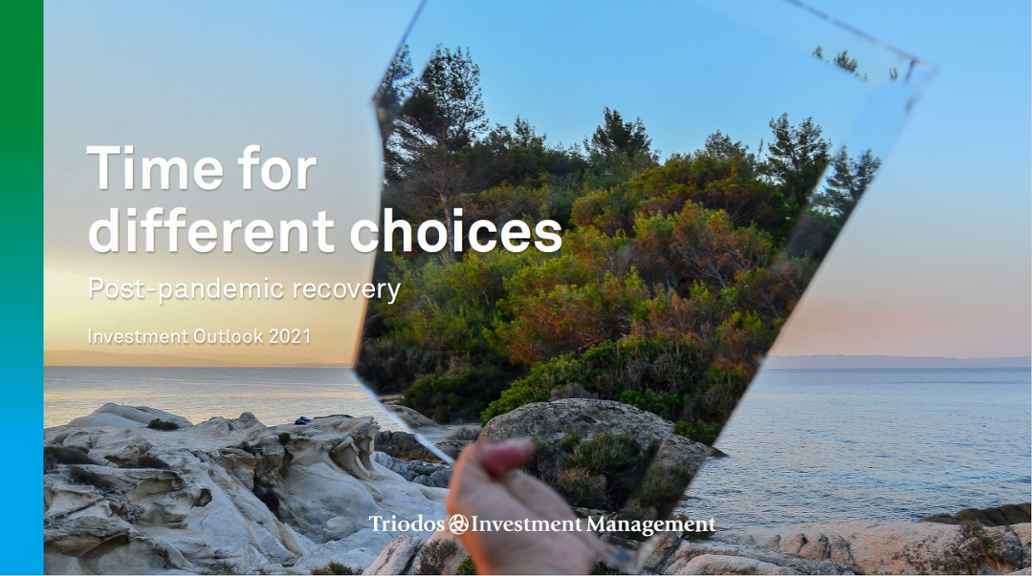2021: What kind of recovery?
Due to the COVID-19-related lockdown measures, 2020 will go into the record books as the year that saw the deepest global recession in peacetime. For 2021, we expect global growth to rebound, both in emerging and developed economies, even if it will not be a total recovery of the damage done by the pandemic.
In developed markets the recovery will likely be slow amid recurring restrictive measures. For 2021, we expect global economic activity to rebound by 5.0% and developed economies to grow by an aggregated 3.7%. Pre-pandemic economic activity levels can only be reached once a vaccine has become widely available. Despite positive vaccine developments, we don’t expect this to happen before the second half of 2021. In the meantime, further stimulus is expected. Bold policy choices need to be made for the recovery to become sustainable and inclusive. This could be a vital first step towards a new economic system, one that is equipped to address the challenges of our time: climate change, biodiversity loss and inequality.
Our emerging and developing market outlook for 2021 is one of a cautious and uneven recovery, with risks tilted to the downside. After almost a year of global crises – both health and economic - and unprecedented stimulus, support will be nearing an end for most countries. There is one swing factor that could help some countries to offset the impact of the pandemic to some extent in the coming year: China’s recovery. As the second largest economy in the world, China is positioned as a fundamental player in terms of commodity demand, a foreign credit provider and a high value-added producer in the technology race. Countries are expected to be lifted by increasing trade flows and access to capital markets. However, low-income countries with large funding gaps, will rely on debt relief and concessional financing to be able to take part in the economic recovery.

Across the world, financial markets largely waivered the impact of the economic crisis, rescued as they were by central banks and fiscal measures. And with debt levels at record highs, and an uncertain economic outlook, we remain cautious in our asset allocation, neutral on average on bonds and negative about US equities and slightly positive about Japanese and European equity.
We continue to see opportunities in the sustainable investment landscape, especially in Europe and Japan. The European Green Deal, the EU’s roadmap for making its economy sustainable, will likely gain momentum. The related development of a green taxonomy will enable investors to steer their investments towards more sustainable technologies and businesses, and the creation of an EU Green Bond Standard will deliver a uniform tool to assess green bonds.
Different choices
In the thematic part of this Outlook we shed a light on the longer-term investment outlook. Expecting the social, political and economic environment to remain highly uncertain, we forecast generally lower financial returns in the coming years. The investment winds have turned: the tailwinds of the last four decades, favouring higher returns, have changed into headwinds leading to lower expected long-term returns across the board.
Investing in impact and transitions will help to avoid risks and offer the best chances of positive long-term returns.
The financial industry should look at return in a different way. A different, more forward-looking approach is needed to see what the long-term returns of investments might be. Given the challenges we face regarding the degradation of ecosystems, the loss of biodiversity, the rising inequality and polarisation in and between societies, expecting the same returns as before would be equal to financing a collapse: possible in the short term, but inevitably disastrous in the long run.
These challenges should be taken into account in every strategic asset allocation framework. We choose to assess them from a positive angle and to invest in impact and transitions, believing this approach will help to avoid risks and offer the best chances of positive long-term returns.
Time for different choices
Download our Investment Outlook 2021 here, or watch the Outlook webinar.

